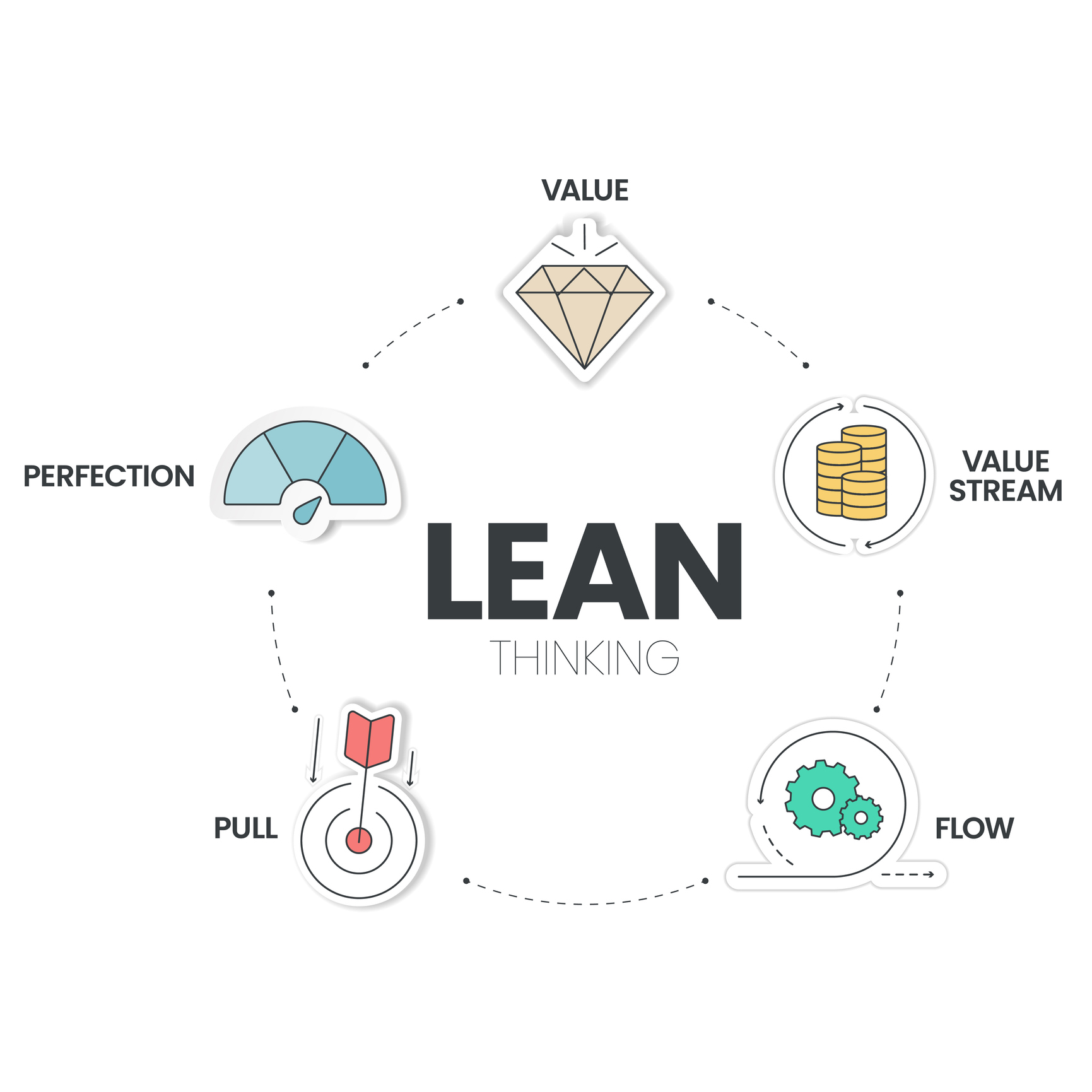While the aspirations of companies wanting digital innovation and to connect business value haven’t changed over the years, the definition of what constitutes value stream management has.
Dr. Mik Kersten, the CEO of Tasktop Technologies (recently purchased by Planview) and the author of “Project To Product: How to Survive and Thrive in the Age of Digital Disruption with the Flow Framework,” said that he sees companies have made some kind of shift from project to product, albeit more slowly than anticipated.
In a recent SD Times “What the Dev?” podcast, Kersten said a lot of the focus in value stream has shifted from the “what” and “why” to the “how.” Vendors are trying to figure out how companies are creating their value streams: are they wiring it together in-house as a lot of them tried to do or are they trying to leverage something such as a DevOps vendor?
“I’ve had the luxury of keeping this more ideal view that value stream management needs to span whatever the toolchain is,” Kersten said. “What I think has changed is how strategic companies are seeing value stream management and flow. I spoke to one of the top financial institutions in the world and they’re calling 2023 the year of data flow. They brought it up not just at the team level, but right up to the business level. So that’s how visible value stream management is within these organizations.”
The way to get that flow is to allocate capacity to data-driven continuous improvement because companies need to be able to measure and understand what is driving the business outcomes or what is failing to do so. Value stream management has moved on from just ensuring improvement at the team level, whether that’s the Scrum or Agile teams, into the higher levels of the organization.
Kersten added that one of the main things that has changed in his discussions with executives when trying to put in place the shift from project to product is to make clear that if they’re not allocating capacity to each value stream for data-driven, continuous improvement to improve flow, measure flow and create value, then they’re doing it wrong.
“If you’re not managing your value streams, if you’re not looking at improving them, they’re managing you,” Kersten added. “I think what you’re seeing is around value stream management being key to taking SAFE to its next steps which has to be towards helping with business agility.”








